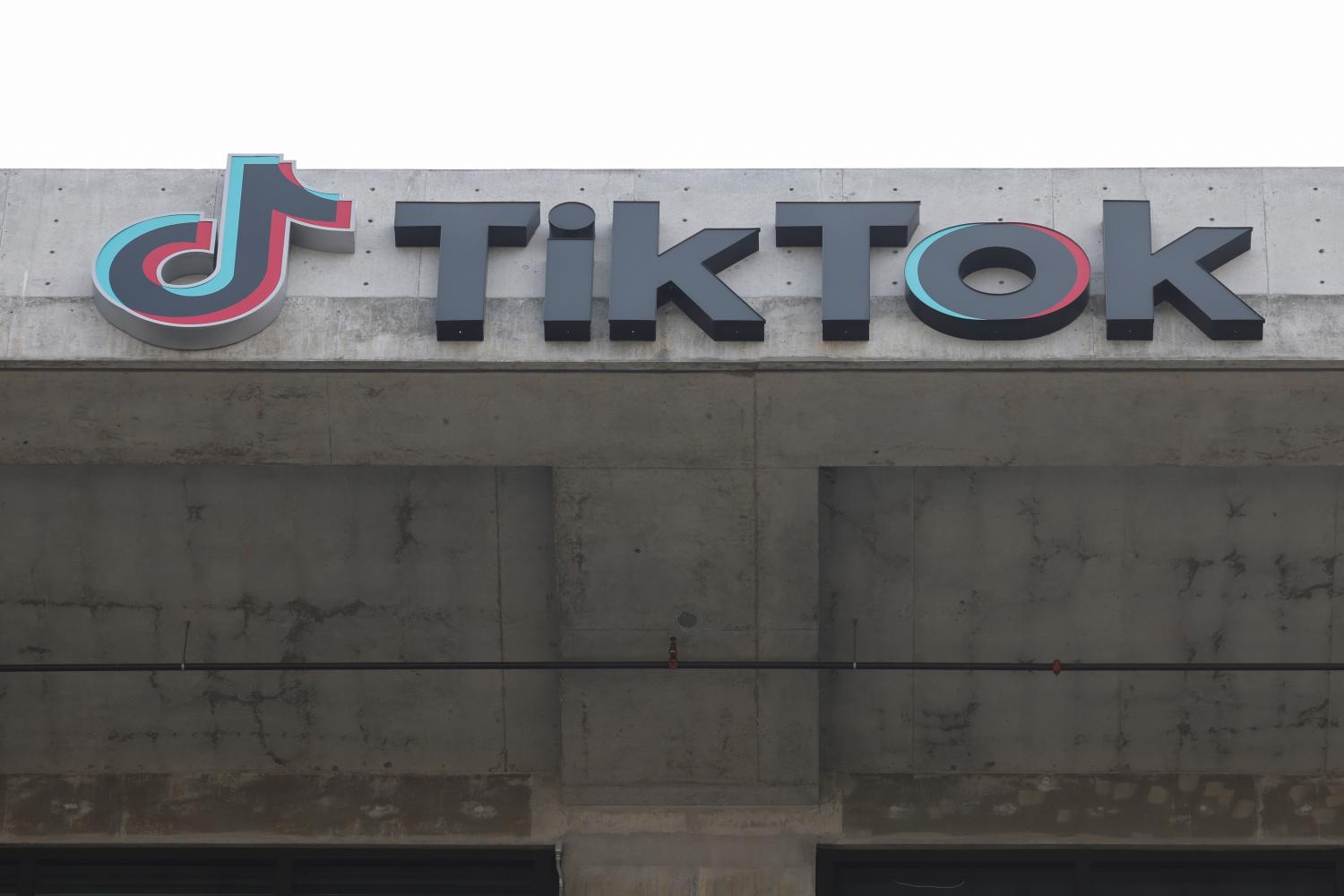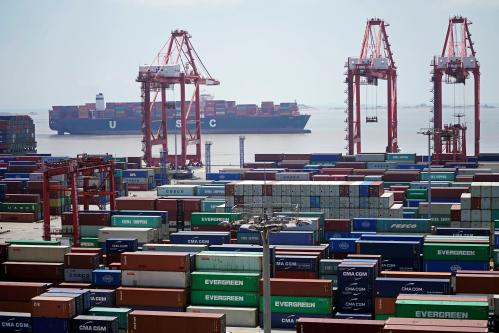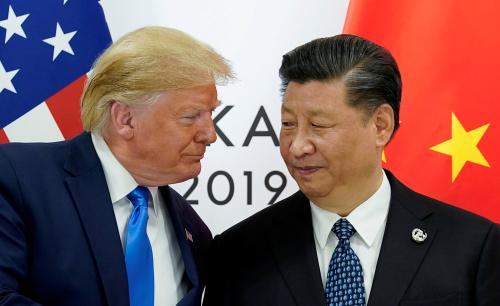Robert D. Williams traces one aspect of the “securitization” of technology policy in U.S.-China relations and illustrates how these concerns apply in the context of 5G telecommunications and artificial intelligence. This paper was originally published by The University of Pennsylvania as part of its Project on the Future of US-China Relations.
EXECUTIVE SUMMARY
Washington’s growing focus on the risks posed by Chinese technology companies operating in the United States embodies the complexity of the challenges confronting U.S. policymakers in responding to China’s rise in technological, economic, and geopolitical power. Concerns over companies such as telecommunications equipment-maker Huawei and social-media platform TikTok are multidimensional and scarcely amenable to characterization in terms of discrete national security risks.
This paper traces one aspect of the “securitization” of technology policy in U.S.-China relations. It seeks to identify and disaggregate the main challenges facing policymakers who are troubled by China’s growing technological power as expressed through the actual or potential effects of Chinese technology companies doing business in the U.S. market. These concerns can be broadly categorized along (at least) two dimensions: risks inherent in the nature of emerging technologies and risks related to the nature of China’s governing system. The paper illustrates how these concerns apply in the context of 5G telecommunications and artificial intelligence.
The essay concludes with several recommendations for U.S. policy reform: (1) enacting comprehensive federal data privacy legislation; (2) advancing a digital trade agenda with U.S. allies and partners; (3) rationalizing the U.S. cybersecurity liability regime; (4) increasing the costs for malicious hackers; and (5) improving mechanisms for governmental policy coordination along domestic and international dimensions.
The Brookings Institution is committed to quality, independence, and impact.
We are supported by a diverse array of funders. In line with our values and policies, each Brookings publication represents the sole views of its author(s).







